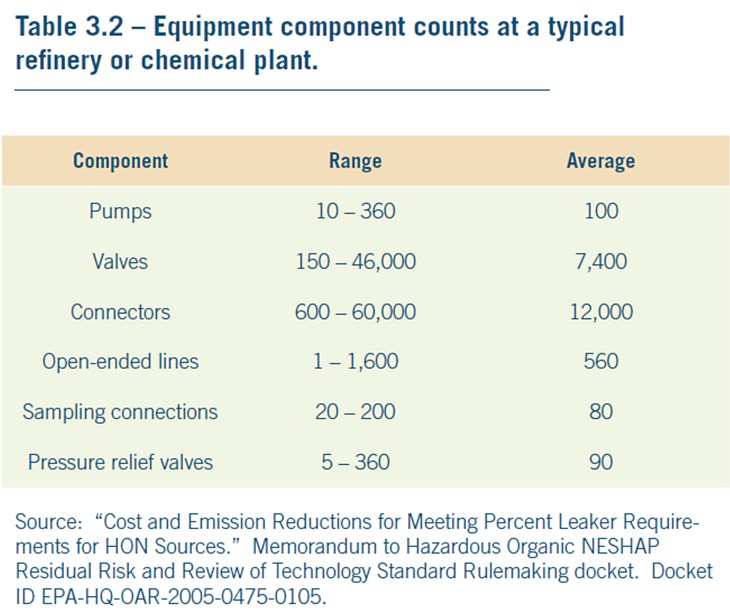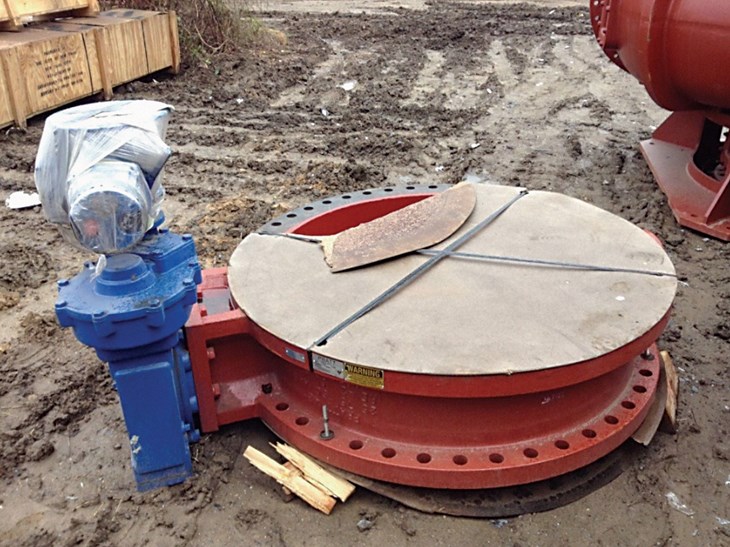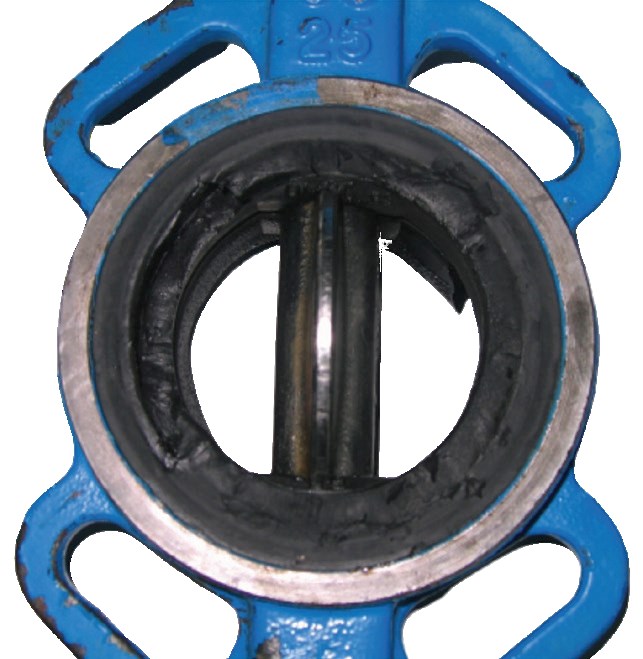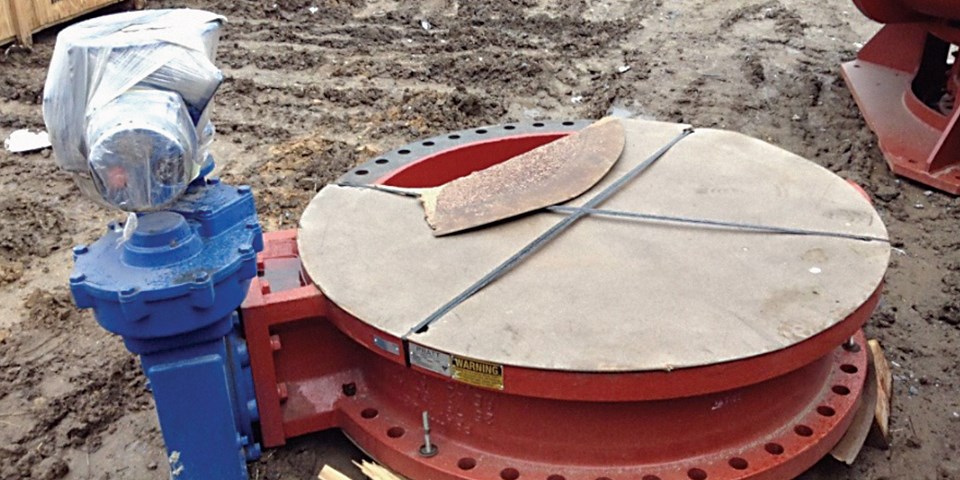The other meaning, though, has been the cause of many industrial accidents. It affects not only valves, but any type of equipment. The other meaning is: “Not my job, so I do not care”. In this article we are going to explore how this second meaning impacts valve performance and what can be done to prevent it.
By Davi Sampaio Correia – Technical Consultant
Introduction
Making sure that valves work in an industrial plant is a ginormous undertaking. On average, a refinery or chemical plant has 7,400 valves1. In contrast, pumps average only a hundred (See Figure 1). If pumps could talk, you could get acquainted with all of them and be on a first-name basis relationship. For valves, it is a different story: there are simply too many of them.
Each and every one of these 7,400 valves went through several steps before being part of the plant. After they were installed, it was not a case of “set and forget;” proper attention to operation and maintenance was still required. Roughly, there are six steps in the lifecycle of a valve:
• Specification
• Procurement
• Inspection
• Installation
• Operation
• Maintenance
Jobs pertaining to each one of these steps affect valve performance. For the people working on any of them, it is not enough to do it according to the ‘duties and responsibilities’ listed on a work contract. Many situations arise when simply doing the stated duties is the equivalent of living by the second meaning of ‘Not my circus. Not my monkeys’.
In many large companies, it is common for the six steps listed above to be the domain of different departments. Each department (or circus) has its own performance indicators and metrics, but all of them should work in harmony towards the ultimate goal: valve performance. In order for this goal to become a reality, two things must exist: clear channels of communication and a willingness to stop and question the task or the information at hand. In the next sections, we will see how failure to do so contributes to valve failures.

Specification
Large companies often have a central engineering office responsible for valve specification; and rarely they keep valve specialists in each plant. So, the engineer in the central office must understand the process and necessities of each of these units, as they may differ in oil being refined, process conditions, and local constraints (such as legislation), to name a few. The technicians and process engineers in the unit might fill out the process conditions the best they can, but they do not know what they do not know about valve design. That is, they do not know how some particular piece of information will affect the overall design. Hence, the importance of the central engineering office to keep in touch with all units and question them on any information received.
For example, Figure 2 shows damage to a ball valve seat due to high temperature. This is what might happen when an engineer specifies a valve trusting blindly the process conditions on a datasheet. Failure to talk with the end user – and discover they use steam as part of an off-line cleaning process – leads to valve failure. To understand normal – and extraordinary – process conditions: this is the job of the specification engineer.
Procurement
The person working in a procurement department is responsible for procuring a myriad of items. Valves? yes, but also pumps, flanges, gaskets, instrumentation… the list goes on. This person often has little to no technical background and works doing a well-established routine: taking a request for quotation to a manufacturer and negotiating cost and delivery conditions. Being the ones in direct contact with the manufacturer, they are responsible for sending any technical queries the manufacturer might have to the engineering department (or to whoever made the specification). It is not fun to be stuck in the middle of this back and forth. However, the natural tendency for a manufacturer is to settle for the least expensive material or feature when in doubt. To avoid this, procurement has the job of making sure all doubts are clarified before a purchase order is made. In other words, they must pester the engineers until all doubts are clarified.

Figure 2 – High temperature softening of a ball valve soft seat. [2]
Inspection
There are two types of inspectors: passive and active. Passive inspectors think their job is to show up on the scheduled time at the manufacturer’s premises and witness whatever testing is being done. If the manufacturer’s representative says the valve has passed, the passive inspector mechanically takes notice of that information. Passive inspectors do not feel it is their job to question the manufacturer.
No end user should rely on this type of inspector. This is because some manufacturers will try to rig the test in a way that benefits them, more often than not. After all, a valve that fails testing is a valve that needs re-working, outside the normal assembly line, disrupting the normal production schedule.
The active inspectors know that they are responsible for studying the standards to be used in the test, as well as the whole testing circuit. Also, they take an active role during the procedure, sometimes demanding modifications in the test bench, for example. They know they have the authority to interrupt a test and only resume it when they feel secure the system complies with the accorded rules.
An active inspector is most likely an inhouse specialist. Someone who understands that to inspect valves is not an end in and of itself; the inspected valve will eventually be installed and be an important part of the process. In short, it is the job of the inspector to question and demand changes when testing valves.

Installation
Industrial projects may involve thousands of workers assembling piping and valves with stringent deadlines. Such professionals often have incentives to complete tasks on time – such as a bonus – but they might lack incentives for proper installation procedures (which includes care for the valve immediately before installation, as seen in Figure 3).
In Figure 3, we have a valve that probably left the on-site warehouse and was transported closer to the final installation location. While there, it is subjected to brief, but extremely sub-optimum storage conditions (to put it mildly). It is laying outdoors, with inadequate flange protection, subject to water and dirt ingress, etc. Such conditions may cause an earlier failure, but by then no one will remember to link the problem with storage prior to installation. So, the technicians installing valves must be trained to provide adequate storage before installation.
Damage to valves can also be caused by wrong procedures during installation. A classic example can be seen in Figure 4, where damage to the elastomer lining of a butterfly valve happened due to improper placement of the disk during installation. If a valve is installed with the disc in the closed position, the elastomer may close around the disc edges when the flange bolts are tightened. Thus, there will be excessive torque in initial operation and the disc might damage the lining. To avoid this, it is the job of people installing the valve to be familiar with them and interrupt work to clarify procedures.
Operation
Field operators must be familiar with the valves in a plant. There are some obvious things they should know, such as never leaving block valves in an intermediary position. Failure to do so results in seat damage, such as shown in figure 5, or even external leak through body erosion. However, not all interactions with the valve are so obvious. For example, a field operator has to know how much torque is normally required to close or open a valve. Reference5 explains an incident when toxic gas was released due to a valve being closed only in appearance. The operator had closed it, but the stem was severed, and the handle was disconnected from the ball. So, it is the field technician’s job to have a ‘feeling’ of how much torque is required to normally operate a valve; and not carry on as usual when the torque does not feel right.

Maintenance
Regular valve maintenance and maintenance related to fugitive emissions regulations share an overlap of activities but are often conducted by different departments. There is the maintenance department that takes care of static equipment and then there is the Health, Environment and Safety Policy (HES) department that is responsible for fugitive emissions. Both have procedures related to valves, but only the former has field technicians.
So, when the HES department writes a task in the maintenance software, such as replacing the packing of a low-e valve, the execution of said task is dependent upon the maintenance department list of priorities. It is easy to imagine a manager thinking that tasks related with fugitive emissions are frivolous, when compared to valves actually impacting production due to lack or repair. However, it is the job of this manager to understand the importance of fugitive emissions and balance the available resources accordingly. Valves are known to be a major contributor to fugitive emissions, which are linked to several health problems.
Conclusion
People who avoid taking responsibility for a problem laying outside their job duties often mistake responsibility for fault. They think that acting on that problem is the same thing as being at fault for them. It is not. Companies should strive to make this distinction clear.
If you have doubts about this, just think of the classic example of the baby in a basket; it is not your fault that someone left it on your doorstep, but it sure is your responsibility now.
References
1. https://www.epa.gov/sites/default/files/2014-02/documents/ldarguide.pdf
1. https://www.epa.gov/sites/default/files/2014-02/documents/ldarguide.pdf
2. Worcester, TP-12D-1, Failure Analysis of Ball Valves, technical paper, 2003.
3. https://www.mbglick.com/shop/plumbing/valvesplumbing/butterfly/pratt-mueller-lineseal-iii-48-cirubber-seated-butterfly-valve-70psi-2/
4. https://chem-eng.blogspot.com/2007/02/butterflyvalve.html
5. https://www.aiche.org/resources/publications/cep/2019/march/process-safey-beacon-undetectedball-valve-failure
About the Author
Davi Correia is a Senior Mechanical Engineer who has worked at a major Brazil-based oil company for the last 15 years. Correia is part of multi-disciplinary team that provides technical support for topside piping and equipment of production platforms. During this period, he began to work with materials and corrosion, and later moved to piping and accessories technology, where he has become one of the lead technical advisors on valve issues. Correia was part of the task force that revised the IOGP S-562 standard, and wrote the S-611 standard. Correia has a master’s and a doctor’s degree in welding by the Universidade Federal de Uberlandia.


